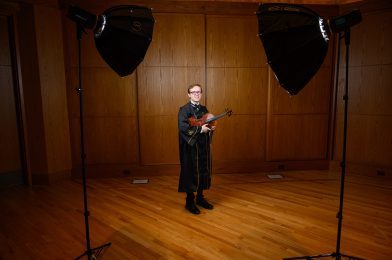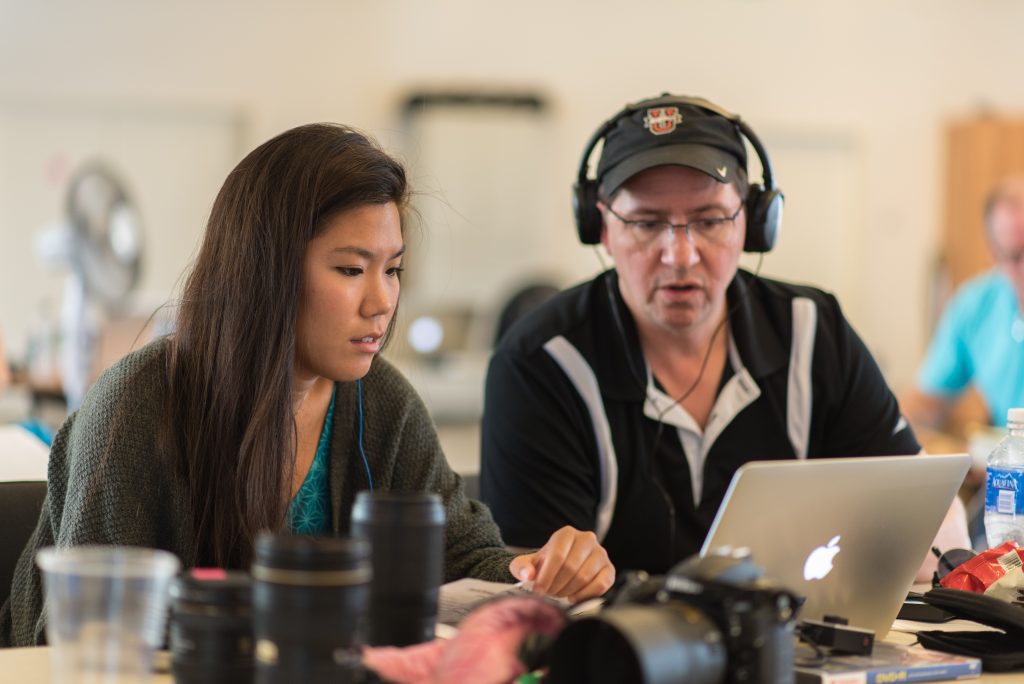The holiday season is brimming with cheer, festivities, and cherished moments. It’s the perfect opportunity for photographers to capture the season’s magic through their lenses. Whether a seasoned pro or an enthusiastic beginner, these holiday photography tips will help you snap stunning shots and preserve memories that last a lifetime.
1. Play with Lighting
The proper lighting can transform a photo. Take advantage of the warm, soft glow of holiday lights indoors or the golden hour outdoors. Experiment with different lighting conditions to add a magical touch to your images.

2. Focus on Details
Capture the small but significant details that make the holidays unique. Zoom in on ornaments, decorations, and intricate designs. These close-up shots can evoke nostalgia and add depth to your collection of holiday photos.

3. Candid Moments
Some of the most heartfelt and authentic holiday images come from candid shots. Be ready to capture spontaneous moments – the laughter, the hugs, and the genuine emotions shared among family and friends.

4. Experiment with Composition
Play with composition to create visually appealing photos. Use leading lines, symmetry, or the rule of thirds to add interest to your holiday compositions. Don’t be afraid to try different angles and perspectives for unique shots.
5. Include People
The holidays are about togetherness. Include people in your shots, whether posed in group photos or candid portraits. Encourage natural interactions and genuine smiles to capture the essence of the celebrations.

6. Tell a Story
Create a visual narrative of the holiday season. Document the preparation, anticipation, and joyous moments. Tell a story through your photos by capturing the progression of events, from setting up decorations to unwrapping gifts.
7. Use Props and Setups
Incorporate festive props or setups to add a holiday vibe to your photos. Consider using seasonal elements like wreaths, candles, gift boxes, or artificial snow to create a cozy and inviting atmosphere.
8. Embrace Editing
Post-processing can elevate your holiday photos. Experiment with editing software to enhance colors, adjust exposure, or add subtle effects to bring out the festive feel without overdoing it. However, remember that subtlety is key.

9. Capture the Outdoors
If weather permits, venture outdoors to capture the beauty of the season. Photograph snowy landscapes, twinkling lights, or even the serene ambiance of a winter evening. Outdoor scenes can offer stunning backdrops for holiday photography.
10. Have Fun and Be Present
Above all, enjoy the moment. Engage with your subjects, share laughter, and participate in the festivities. Your enthusiasm and connection with the moment will be reflected in your photographs.
The holiday season is a beautiful time to create lasting memories and capture the joyous moments that define this particular time. With these tips, your holiday photography will sparkle and bring joy to those who view your stunning images.
Happy capturing, and may your holiday season be filled with magical moments and beautiful photographs!









































